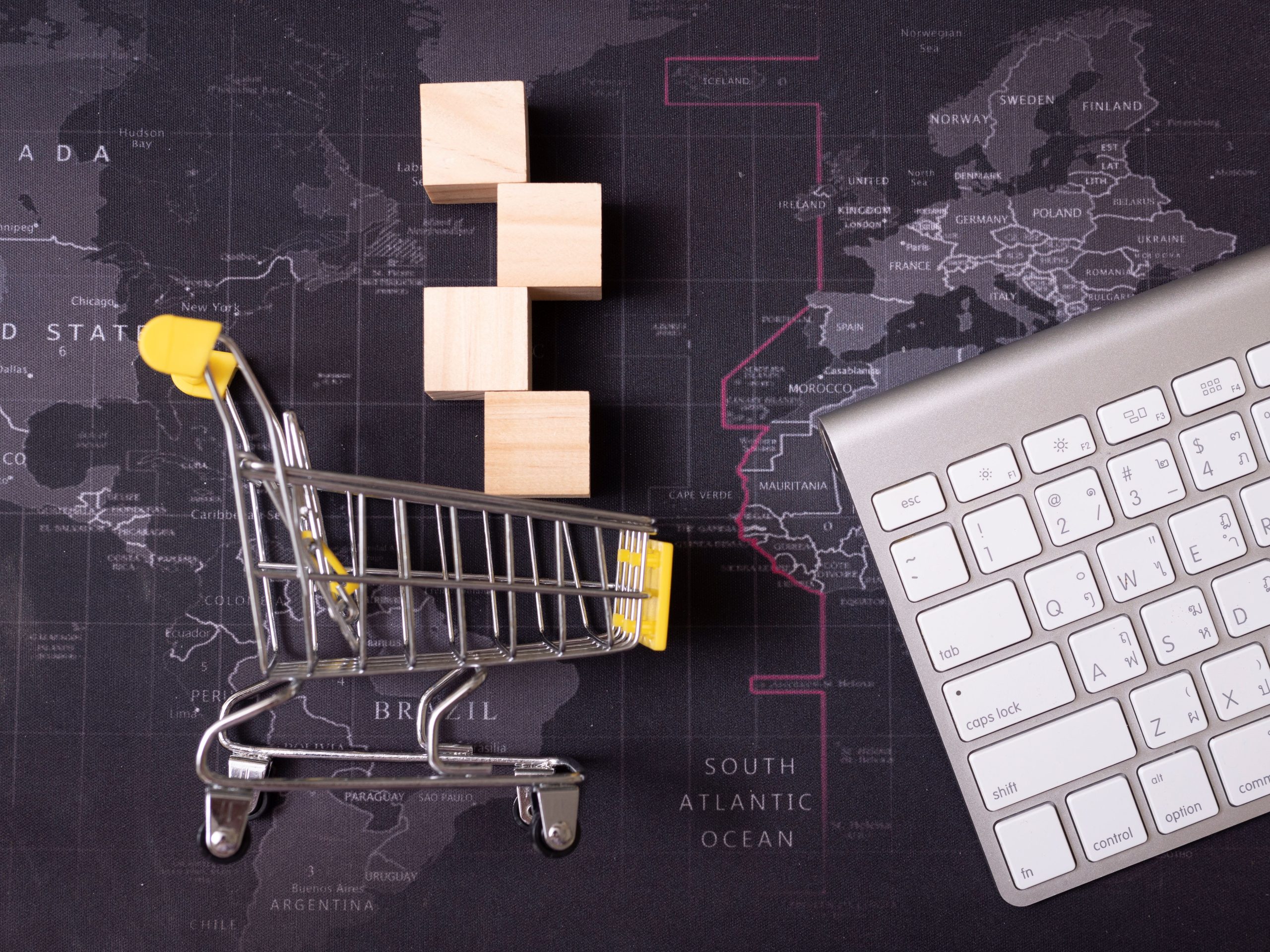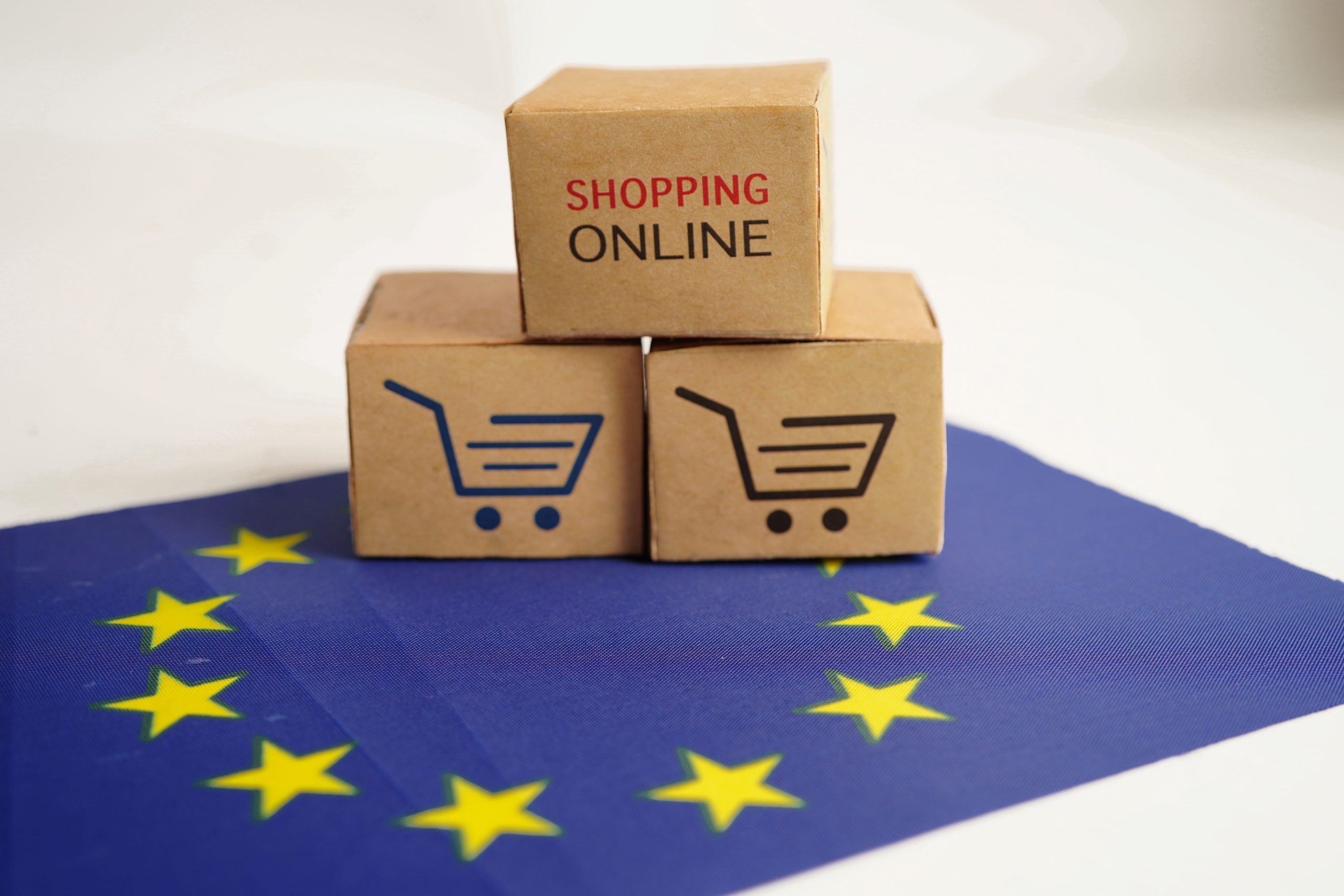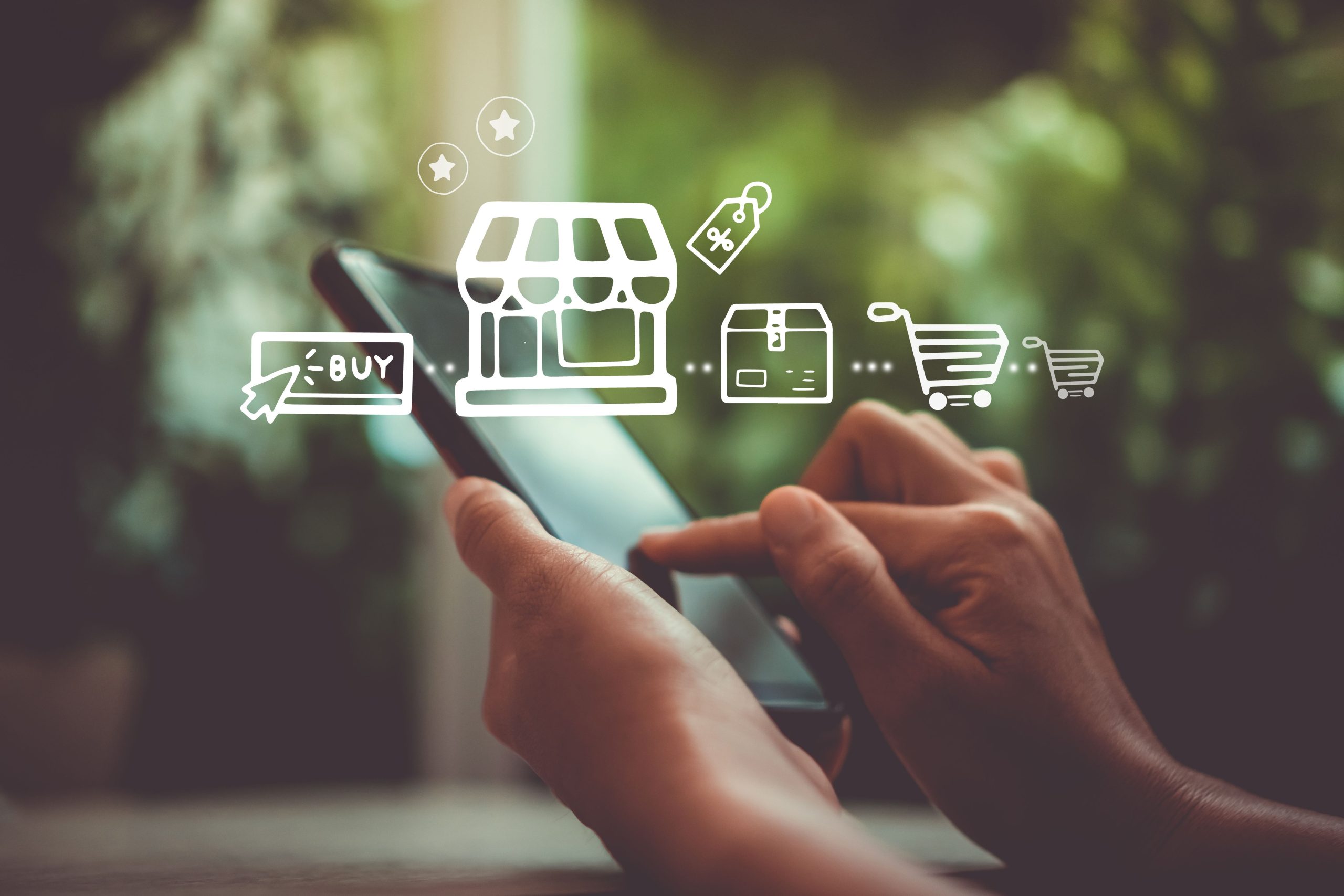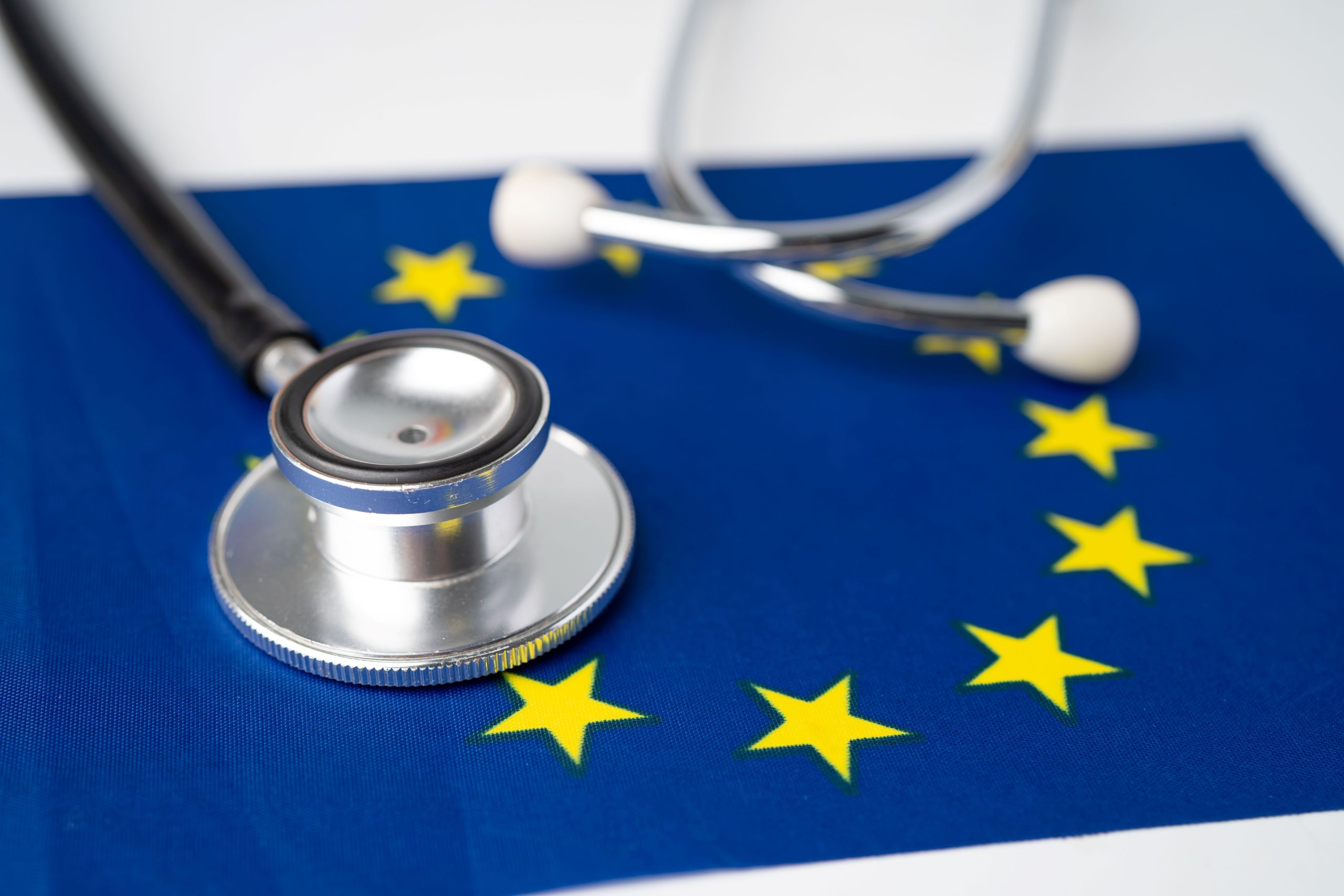In the era of digital transformation, e-commerce has become a driving force behind business growth worldwide. The COVID-19 pandemic accelerated this shift, pushing consumers and businesses alike to embrace online shopping at unprecedented rates.
From small startups to established enterprises, companies are capitalizing on the e-commerce boom to expand their reach, boost sales, and thrive in an increasingly competitive market.
This article explores key strategies for maximizing online sales and effectively navigating the European e-commerce landscape.
By understanding the unique characteristics of the European market, leveraging advanced digital marketing techniques, and addressing logistical challenges, businesses can position themselves for sustainable growth and success in the digital economy.
The European e-commerce market is one of the most dynamic and lucrative in the world, boasting a diverse consumer base and a rapidly evolving digital infrastructure. In 2021, European e-commerce sales reached a staggering €718 billion, reflecting a robust growth trend that shows no signs of slowing down.
Key markets such as the UK, Germany, and France lead the charge, but emerging markets in Eastern Europe also present significant opportunities.
However, navigating this complex landscape requires a nuanced understanding of regional variations, consumer behavior, and regulatory frameworks.
This article will delve into these aspects, offering actionable insights and strategies to help businesses optimize their online presence, enhance customer experiences, and ultimately drive higher sales in the European e-commerce market.
Understanding the European E-commerce Landscape
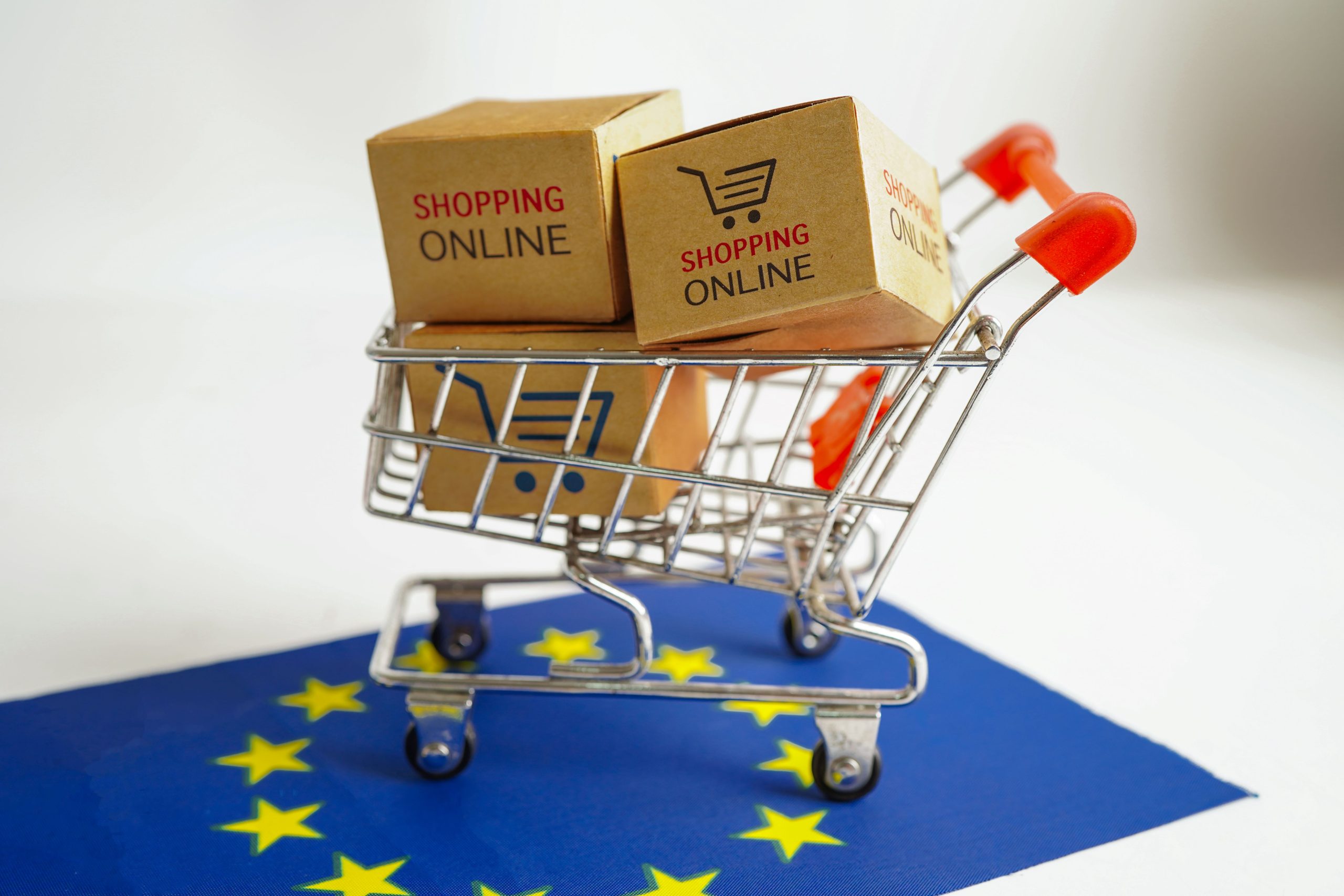
Market Overview
Growth Trends and Statistics
The European e-commerce market has experienced significant growth over the past decade. In 2021, the market generated €718 billion in sales, marking a substantial increase from previous years.
This growth is driven by increased internet penetration, the proliferation of mobile devices, and the shift in consumer behavior towards online shopping.
Key Markets within Europe
Europe’s e-commerce landscape is diverse, with several key markets leading the charge:
- United Kingdom: One of the largest e-commerce markets in Europe, known for its high internet penetration and advanced logistics infrastructure.
- Germany: A major player with a strong economy and a large, tech-savvy population.
- France: Known for its robust digital economy and growing online retail sector.
- Nordic Countries: Including Sweden, Denmark, Norway, and Finland, these countries boast high internet usage and a strong preference for online shopping.
- Eastern Europe: Markets like Poland and Hungary are emerging as significant players, offering new growth opportunities for businesses.
Consumer Behavior
Preferences and Purchasing Habits
European consumers exhibit diverse preferences and purchasing habits:
- Product Preferences: Popular categories include fashion, electronics, beauty products, and home goods.
- Payment Methods: Credit cards, digital wallets, and direct bank transfers are commonly used, with regional variations in payment preferences.
- Shopping Frequency: Many European consumers shop online regularly, with a growing trend towards mobile shopping.
Regional Variations and Cultural Nuances
Understanding regional differences is crucial for success in the European market:
- Language: Europe is linguistically diverse, and offering multi-language support can enhance customer engagement.
- Cultural Preferences: Marketing strategies should be tailored to reflect local cultures and values, such as emphasizing sustainability in markets like Germany and the Nordics.
- Delivery Expectations: Fast and reliable delivery options are highly valued, with some regions prioritizing same-day or next-day delivery.
Regulatory Environment
Key Regulations and Compliance Requirements
Navigating the regulatory landscape is essential for e-commerce success in Europe:
- VAT (Value-Added Tax): Different countries have specific VAT rates and rules that businesses must comply with.
- Consumer Protection Laws: These include regulations on returns, refunds, and product warranties, which vary across Europe.
GDPR and Data Privacy Considerations
The General Data Protection Regulation (GDPR) is a critical aspect of the European regulatory environment:
- Data Protection: Businesses must ensure the protection of customer data and comply with strict guidelines on data collection, storage, and usage.
- Consent: Obtaining explicit consent from consumers for data processing activities is mandatory.
- Transparency: Companies must provide clear information about how customer data is used and offer options for consumers to manage their data preferences.
Understanding and adhering to these regulations not only ensures compliance but also builds trust with consumers, fostering long-term loyalty and brand reputation in the European market.
Strategies for Maximizing Online Sales
Optimizing the Online Store
User-friendly Website Design and Navigation
A seamless and intuitive user experience is crucial for converting visitors into customers:
- Clean Design: A visually appealing, clutter-free layout enhances user engagement.
- Easy Navigation: Simplify the website structure with clear categories, a search bar, and intuitive navigation paths.
- Fast Loading Speed: Ensure the website loads quickly to reduce bounce rates and improve user satisfaction.
- Secure Checkout: Implement a secure, straightforward checkout process to minimize cart abandonment.
Mobile Optimization and Responsiveness
With the increasing use of smartphones for online shopping, mobile optimization is essential:
- Responsive Design: Ensure the website adapts to different screen sizes and devices.
- Mobile-friendly Features: Include features like click-to-call, mobile payment options, and easy navigation on small screens.
- Fast Mobile Load Times: Optimize images and code to ensure quick loading on mobile devices.
Effective Digital Marketing
SEO and Content Marketing
Boosting visibility and attracting organic traffic requires a robust SEO and content strategy:
- Keyword Optimization: Research and use relevant keywords to improve search engine rankings.
- Quality Content: Create engaging, informative content such as blog posts, product descriptions, and guides that provide value to customers.
- Link Building: Develop a strong backlink profile to enhance domain authority and search rankings.
- Local SEO: Optimize for local search to attract nearby customers, especially if you have physical stores.
Social Media Strategies and Influencer Partnerships
Leveraging social media can significantly boost brand awareness and sales:
- Targeted Campaigns: Use targeted ads on platforms like Facebook, Instagram, and Twitter to reach specific audiences.
- Engaging Content: Share visually appealing and engaging content, including images, videos, and stories.
- Influencer Partnerships: Collaborate with influencers to reach their followers and build credibility. Choose influencers who align with your brand values and target audience.
Personalization and Customer Experience
Customized Shopping Experiences
Personalization enhances customer satisfaction and loyalty:
- Personalized Recommendations: Use data analytics to offer personalized product recommendations based on browsing and purchase history.
- Tailored Promotions: Send personalized offers and discounts to customers based on their preferences and behavior.
- Dynamic Content: Display dynamic content on the website that adapts to individual user preferences.
AI and Machine Learning for Personalization
Advanced technologies can further enhance the shopping experience:
- AI Chatbots: Implement AI-powered chatbots to provide instant customer support and personalized assistance.
- Predictive Analytics: Use machine learning to predict customer behavior and optimize marketing strategies accordingly.
- Automated Personalization: Leverage AI to automate and refine personalization efforts, ensuring relevance and timeliness.
Utilizing Marketplaces
Benefits of Selling on Platforms like Amazon and eBay
Marketplaces can expand your reach and boost sales:
- Large Customer Base: Access millions of potential customers who trust these platforms.
- Easy Setup: Marketplaces provide a ready-made platform with integrated payment and logistics solutions.
- Brand Visibility: Enhance brand visibility through marketplace listings and promotions.
Strategies for Standing Out on Crowded Marketplaces
To succeed in competitive marketplaces, differentiation is key:
- Optimized Listings: Use high-quality images, detailed descriptions, and relevant keywords to make your products stand out.
- Competitive Pricing: Offer competitive pricing while maintaining healthy profit margins.
- Customer Reviews: Encourage satisfied customers to leave positive reviews to build credibility and trust.
- Enhanced Branding: Use unique branding elements such as custom packaging and branded inserts to differentiate your products.
By implementing these strategies, businesses can maximize their online sales, enhance customer satisfaction, and achieve sustained growth in the competitive European e-commerce landscape.
Navigating Challenges in the European E-commerce Market
Logistics and Supply Chain Management
Efficient Shipping and Delivery Solutions
Ensuring timely and cost-effective delivery is critical for customer satisfaction:
- Local Warehousing: Establish local warehouses or fulfillment centers to reduce shipping times and costs.
- Partnerships with Logistics Providers: Collaborate with reliable logistics partners to streamline shipping and delivery processes.
- Multiple Shipping Options: Offer various shipping options, including standard, express, and same-day delivery, to cater to different customer needs.
- Real-time Tracking: Provide real-time tracking information to keep customers informed about their orders.
Managing Cross-border Logistics
Handling cross-border logistics presents unique challenges but also opens up new opportunities:
- Customs and Duties: Understand and comply with customs regulations and duties for different countries to avoid delays and additional costs.
- Cross-border Shipping Solutions: Utilize cross-border shipping services that specialize in international deliveries to ensure smooth operations.
- Localized Returns: Set up local return centers or use services that simplify the return process for international customers.
Handling Competition
Competitive Analysis and Market Positioning
Understanding your competition and strategically positioning your brand is essential:
- Market Research: Conduct thorough research to identify key competitors and analyze their strengths and weaknesses.
- Unique Value Proposition (UVP): Develop a strong UVP that differentiates your brand from competitors and resonates with your target audience.
- Price Competitiveness: Ensure your pricing strategy is competitive while maintaining profitability.
Building Brand Loyalty and Customer Retention
Long-term success in e-commerce relies on strong brand loyalty and customer retention:
- Loyalty Programs: Implement loyalty programs that reward repeat customers with discounts, exclusive offers, and early access to new products.
- Personalized Communication: Use personalized email campaigns and marketing messages to engage customers and keep them coming back.
- Exceptional Customer Service: Provide top-notch customer service to address any issues promptly and build a positive brand reputation.
Technological Innovations
Leveraging AI and Big Data
Advanced technologies can significantly enhance your e-commerce operations:
- AI-driven Analytics: Use AI to analyze customer data and gain insights into purchasing behavior, trends, and preferences.
- Automated Marketing: Implement AI-driven marketing automation tools to personalize campaigns and improve targeting.
- Inventory Management: Use big data analytics to optimize inventory levels and reduce the risk of stockouts or overstocking.
Exploring AR/VR for Enhanced Shopping Experiences
Augmented Reality (AR) and Virtual Reality (VR) can revolutionize the online shopping experience:
- Virtual Try-ons: Allow customers to virtually try on clothing, accessories, or makeup to visualize how products will look on them.
- Interactive Product Previews: Use AR to provide 3D views of products, enabling customers to examine details closely.
- Virtual Showrooms: Create immersive VR showrooms where customers can explore products in a virtual environment, enhancing their shopping experience.
By addressing these challenges with strategic solutions, businesses can navigate the complexities of the European e-commerce market, stay competitive, and drive sustained growth.
Case Studies and Success Stories
Successful European E-commerce Businesses
Examples of Businesses that Have Effectively Leveraged E-commerce for Growth
- Zalando (Germany)
Overview: Zalando is one of Europe’s largest online fashion retailers, offering a wide range of clothing, shoes, and accessories.
Strategies:
- Personalization: Utilizes AI to offer personalized shopping experiences and product recommendations.
- Diverse Payment Options: Provides various payment methods tailored to different European markets.
- Sustainability: Promotes sustainable fashion and incorporates eco-friendly practices.
- Results: Achieved significant market share across Europe, with strong brand loyalty and a broad customer base.
- ASOS (UK)
Overview: ASOS is a leading online fashion and cosmetic retailer targeting young adults.
Strategies:
- Content Marketing: Engages customers through fashion blogs, social media, and influencer partnerships.
- Mobile Optimization: Focuses on a mobile-first approach, ensuring a seamless shopping experience on smartphones.
- Customer Engagement: Uses interactive features like virtual try-ons and AR to enhance the shopping experience.
- Results: Enjoys high brand recognition and a loyal customer following, with a strong presence in multiple European countries.
- Made.com (UK)
Overview: Made.com is a furniture and home accessories e-commerce company known for its designer products at affordable prices.
Strategies:
- Direct-to-Consumer Model: Eliminates middlemen to offer high-quality products at lower prices.
- Crowdsourcing Designs: Involves customers in the design process, creating a sense of community and engagement.
- Showroom Integration: Combines online shopping with physical showrooms in major European cities for a blended retail experience.
- Results: Successfully expanded across Europe, with a unique value proposition that differentiates it from competitors.
Lessons Learned from Their Strategies
- Embrace Technology: Leveraging AI, AR, and other advanced technologies can significantly enhance the customer experience and drive sales.
- Focus on Personalization: Tailoring the shopping experience to individual customers’ preferences increases engagement and loyalty.
- Adopt a Multi-Channel Approach: Combining online presence with physical touchpoints can cater to diverse customer preferences.
- Prioritize Sustainability: Integrating sustainable practices can resonate with environmentally conscious consumers and build brand trust.
- Engage with Content: High-quality, engaging content can attract and retain customers, creating a loyal community around the brand.
Innovative Approaches
- Virtual Showrooms and Try-ons
- Example: IKEA’s use of AR to allow customers to visualize furniture in their homes before purchasing.
- Key Takeaway: Offering interactive and immersive shopping experiences can significantly enhance customer satisfaction and reduce return rates.
- Subscription Models
- Example: Birchbox’s monthly subscription service for beauty products.
- Key Takeaway: Subscription models can provide a steady revenue stream and foster long-term customer relationships.
- Community Building
- Example: Glossier’s emphasis on building a community through social media and customer feedback.
- Key Takeaway: Creating a strong community around your brand can drive word-of-mouth marketing and increase customer loyalty.
Key Takeaways for Other Businesses
- Innovate Continuously: Stay ahead of trends by continuously exploring new technologies and strategies.
- Understand Your Market: Tailor your approach to the specific preferences and behaviors of your target market.
- Build Strong Relationships: Focus on building long-term relationships with customers through personalized experiences and community engagement.
- Be Adaptable: Be prepared to adapt your strategies based on market feedback and changing consumer trends.
- Focus on Value: Offer unique value propositions that differentiate your brand from competitors and resonate with your target audience.
By studying successful e-commerce businesses and adopting innovative approaches, other companies can glean valuable insights and strategies to fuel their own growth in the European market.
Future Trends and Opportunities

Emerging Trends
The Rise of Sustainable and Ethical E-commerce
Sustainability is increasingly influencing consumer choices, with more shoppers prioritizing eco-friendly and ethically produced products:
- Eco-friendly Products: Growing demand for products made from sustainable materials and those with minimal environmental impact.
- Ethical Practices: Consumers are favoring brands that ensure fair labor practices and ethical sourcing.
- Carbon Neutrality: Companies are striving to reduce their carbon footprints through various initiatives, such as carbon offset programs and sustainable packaging.
- Transparency: Brands that are transparent about their sustainability efforts and ethical practices are gaining more trust and loyalty from consumers.
Impact of New Technologies like Blockchain
Blockchain technology is revolutionizing various aspects of e-commerce:
- Supply Chain Transparency: Blockchain enables transparent tracking of products from origin to consumer, ensuring authenticity and reducing fraud.
- Enhanced Security: Blockchain provides a secure platform for transactions, protecting against data breaches and fraud.
- Smart Contracts: These self-executing contracts can automate and streamline various e-commerce processes, such as payments and logistics.
- Loyalty Programs: Blockchain can enhance loyalty programs by providing more secure and transparent reward systems.
Opportunities for Growth
Untapped Markets and Niches
Exploring new markets and niches can open up significant growth opportunities:
- Eastern Europe: Emerging markets like Poland, Hungary, and Romania are showing rapid growth in e-commerce, offering new avenues for expansion.
- Niche Markets: Specialized segments such as eco-friendly products, luxury goods, and personalized items can attract dedicated customer bases.
- Direct-to-Consumer (D2C): D2C brands can capitalize on direct relationships with customers, bypassing traditional retail channels.
Strategic Partnerships and Collaborations
Collaborating with other businesses can amplify growth and market reach:
- Local Partnerships: Partnering with local businesses can help navigate regional market nuances and regulatory landscapes.
- Technology Collaborations: Teaming up with tech companies can enhance digital capabilities and customer experiences.
- Cross-industry Alliances: Collaborating with companies from different industries can create innovative offerings and reach new customer segments.
Summary
- Sustainability and Ethics: Embrace sustainable and ethical practices to align with evolving consumer values and gain a competitive edge.
- Blockchain Technology: Leverage blockchain for supply chain transparency, enhanced security, and innovative applications like smart contracts and loyalty programs.
- Untapped Markets and Niches: Explore emerging markets in Eastern Europe and niche segments to diversify and expand your customer base.
- Strategic Partnerships: Form strategic alliances with local, tech, and cross-industry partners to enhance capabilities, market reach, and innovation.
By staying ahead of these trends and capitalizing on emerging opportunities, businesses can position themselves for long-term success and sustained growth in the dynamic European e-commerce landscape.
Key Takeaways
The European e-commerce landscape is a dynamic and lucrative market, brimming with growth opportunities. Key strategies include understanding regional nuances, optimizing online stores for user-friendliness and mobile use, and employing effective digital marketing tactics like SEO and influencer partnerships.
Personalizing customer experiences using AI and leveraging popular marketplaces like Amazon and eBay can further boost sales. Successful companies such as Zalando, ASOS, and Made.com exemplify how innovative approaches and strategic planning can lead to significant growth.
Navigating challenges like logistics, competition, and regulatory compliance is crucial. Embracing emerging trends such as sustainable practices and blockchain technology, exploring untapped markets in Eastern Europe, and forming strategic partnerships can provide additional avenues for expansion.
Businesses should act now to harness the potential of the European e-commerce market. By implementing these strategies and continuously innovating, companies can thrive in the competitive digital landscape, ensuring long-term growth and success. Embrace the digital transformation and make your mark in the European e-commerce arena.

